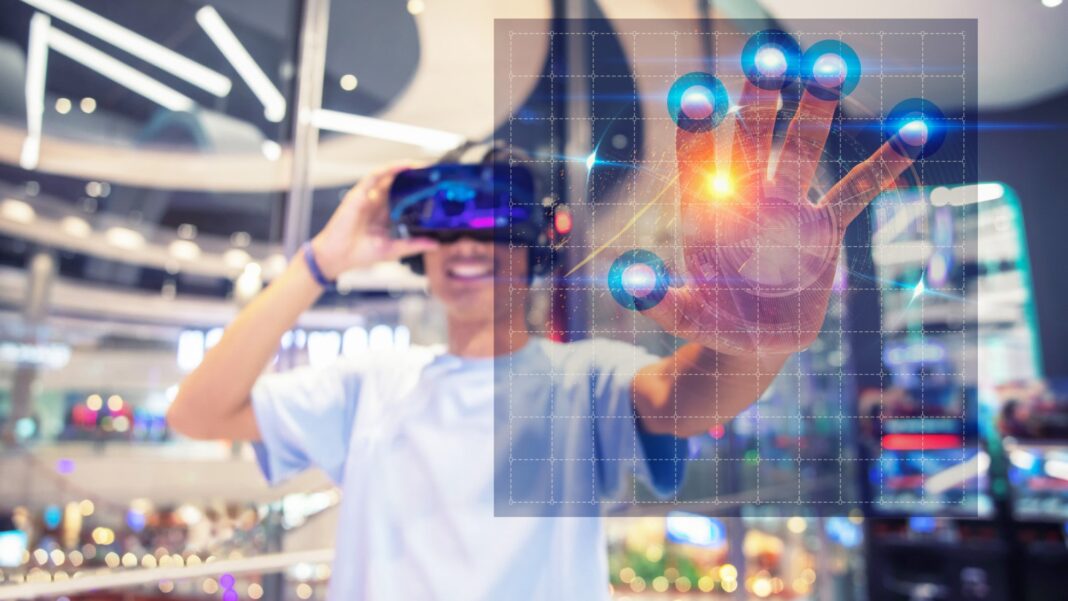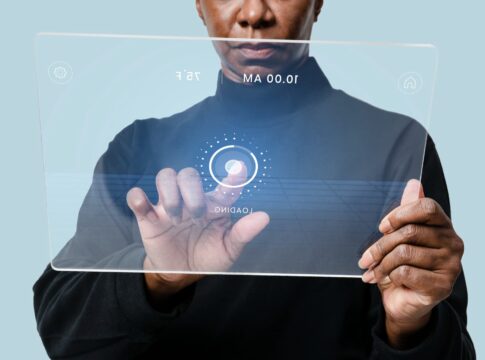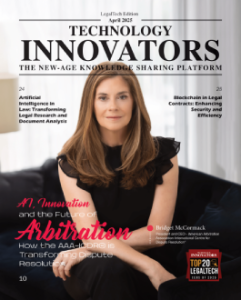Augmented Reality (AR) and Virtual Reality (VR) technologies are revolutionizing the way businesses engage with customers and enhance their overall experience. By blending the physical and digital worlds, AR and VR create immersive and interactive experiences that go beyond traditional forms of customer engagement. Here’s how AR and VR are enhancing customer experience:
- Enhanced Product Visualization: AR and VR enable customers to visualize and interact with products in a virtual environment. With AR, customers can use their smartphones or wearable devices to overlay digital information, such as 3D models or product specifications, onto the physical world. VR takes this a step further by creating fully immersive virtual environments where customers can explore and interact with products as if they were physically present.
- Virtual Try-On and Customization: AR and VR allow customers to try on products virtually, such as clothes, accessories, or furniture, without the need for physical samples. Virtual try-on experiences help customers make informed purchase decisions and reduce the need for returns. Additionally, customers can customize products in a virtual environment, such as selecting colors, materials, or configurations, to create personalized experiences.
- Interactive Product Demos: AR and VR enable businesses to provide interactive and engaging product demonstrations. Customers can experience products in a more immersive way, observing their features, functionalities, and real-world applications. This helps customers better understand the value and benefits of products, leading to increased engagement and improved buying decisions.
- Virtual Showrooms and Retail Spaces: AR and VR technologies enable businesses to create virtual showrooms and retail spaces where customers can browse and explore products remotely. These virtual environments can be accessed through VR headsets or AR-enabled mobile devices, allowing customers to experience a lifelike shopping experience from the comfort of their own homes. Virtual showrooms can be particularly beneficial for businesses with limited physical retail space or those targeting a global customer base.
- Interactive Storytelling and Brand Experiences: AR and VR provide powerful tools for storytelling and creating immersive brand experiences. Businesses can use these technologies to take customers on virtual tours, showcase their brand history, or demonstrate the behind-the-scenes process of product creation. Interactive storytelling engages customers on a deeper level, creating emotional connections and fostering brand loyalty.
- Gamification and Entertainment: AR and VR can add a gamified element to customer experiences, making them more enjoyable and entertaining. Businesses can create interactive games, challenges, or simulations that allow customers to engage with their brand or products in a playful and immersive way. Gamification techniques can incentivize customer engagement, increase brand awareness, and drive customer loyalty.
- Remote Assistance and Support: AR and VR technologies can facilitate remote assistance and support for customers. With AR, businesses can provide real-time guidance and instructions to customers by overlaying digital information on their physical environment. VR can be used to create virtual training or troubleshooting experiences, allowing customers to learn or resolve issues in a simulated environment.
AR and VR technologies are transforming the customer experience by providing immersive, interactive, and personalized engagements. Businesses that embrace these technologies can differentiate themselves, increase customer engagement, and deliver memorable experiences that drive customer satisfaction and loyalty.








